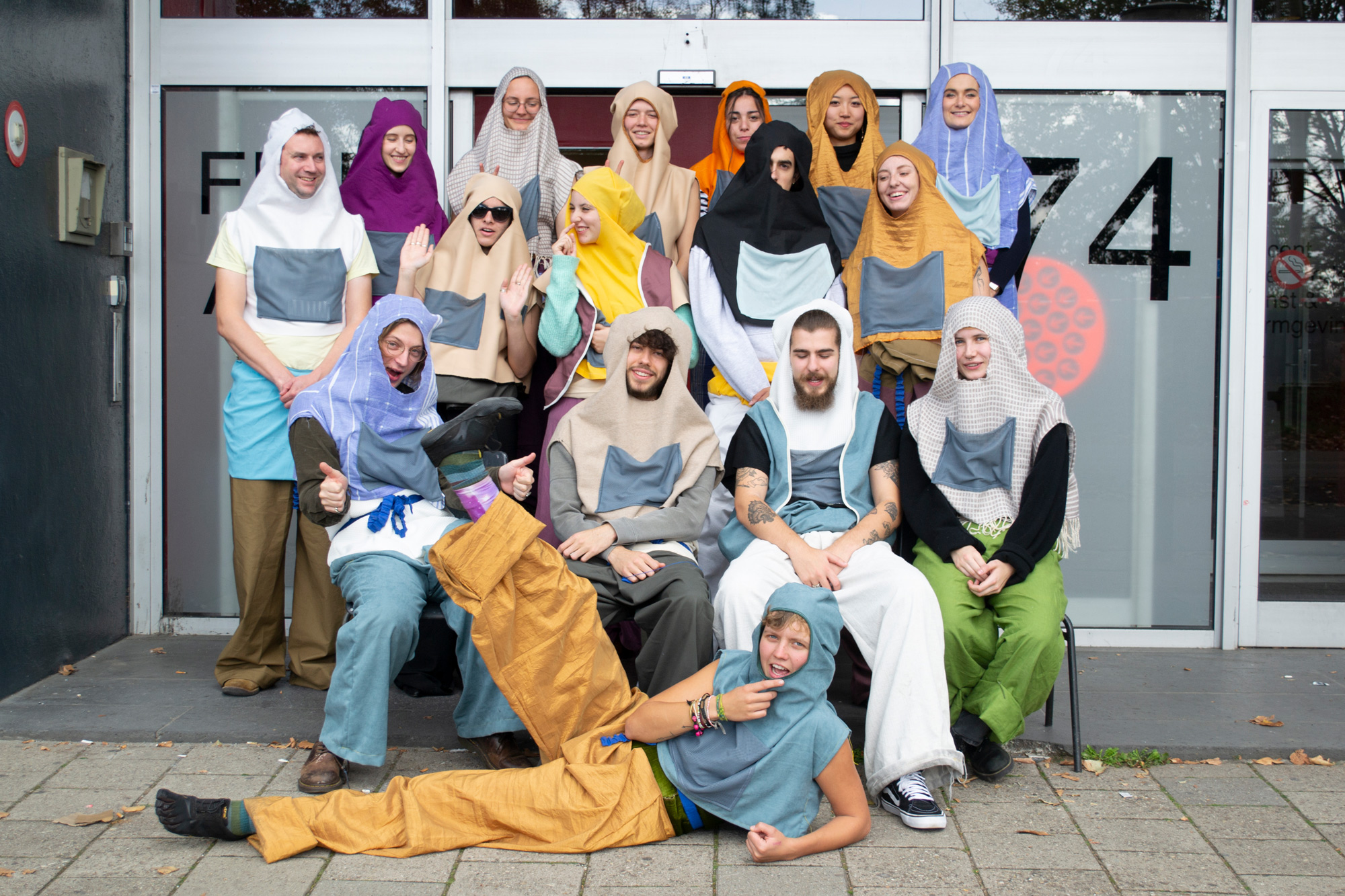Public Service Project
This story is written by Yuchen Li and Hans-Hannah who are both students of BEAR Fine Art department about to graduate. When Hannah and Yuchen were both in their second year in BEAR in 2018, fate brought them together in the Public Service Project led by visual artist Edward Clydesdale Thompson.
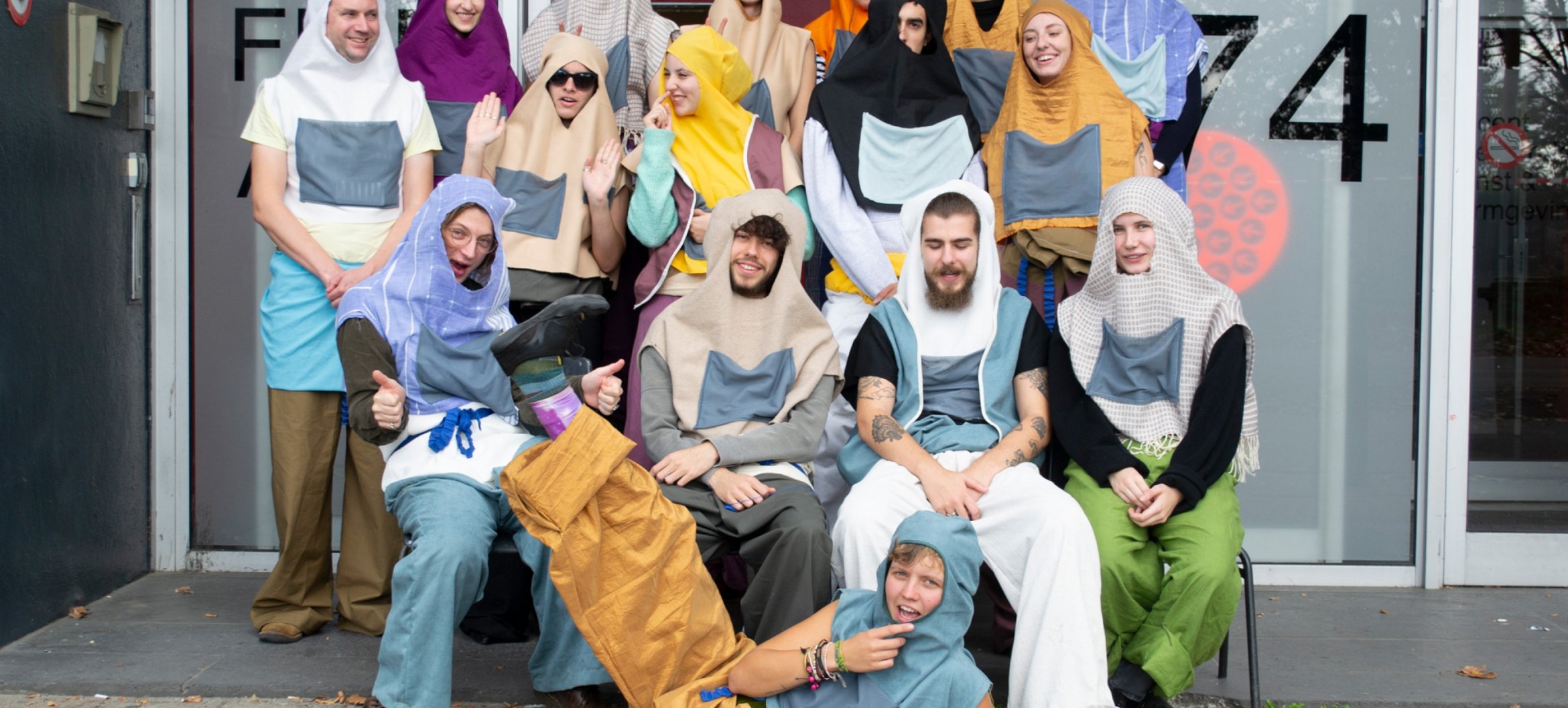
A group of students from BEAR Fine Art (Fine Arts), Music and Theatre in ArtEZ joined in this 6-week pilot master program, which focused on cross-disciplinary collaboration with social consciousness. The theme of the pilot project was Public Service, in particular, the Police Force and Public Broadcasting.
When you read till here, maybe you would imagine that ArtEZ had already contacted the Police Force or the Radio Station to inform them about this program. But NO! Nothing was established beforehand. It was intended to train the students to start a collaboration project from SCRATCH.
So here we are - WHERE and HOW shall we start, as a bunch of students, all from different departments?
Well, we started in a rather personal way, by sharing our own experiences of how public services functions or disfunctions, both in the Netherlands or in our home countries. Stories brought us deeper into brainstorming and mind maps. Through this we managed to divide ourselves into four main groups – research, art & the police, broadcasting and archive.
- The Research group intended to find more materials on the perception public holds of police, which revealed the typical issues within the police system such as police brutality, sexism and racial profiling.
- The Art & Police group investigated more on the relation between the police force and art academy. A parallel comparison between the two led to the new perspectives of the uniforms, systems of attendances and structures of the communication.
- The Broadcasting group delved deeper into the means of broadcasting. How to use it as a tool for public service and to communicate our project to the public?
- The Archive group was interested in the internal collection and categorization of all the data in our project, and how this archive could help the internal communication amongst our sub-groups.
After six weeks of intensive working together, we had developed a system of signing attendance, with handmade wooden name cards at the academy entrance; a bell (a real one) to call attention for announcement; we literally built an archive office (with cardboard boxes) where all groups had to submit documents of the day to the office clerk during the opening hours; we had a phone number circulated in the city as a hotline “Artvice” for people who wanted advice from an artist; we also conducted street interviews on people’s opinions of the Dutch police, the interviewees varied from construction workers, students, office managers to business owners on racially profiled street - Hommelseweg - and we were also invited to share more of the project on the radio.
Moreover, we got the police on board too, from an early stage! The contact with the police was a lot easier than we had expected. The police was open to this type of collaboration which helped communication to the public in a more innovative way. Several police officers accepted our interview. They came to some of our meetings and also participated in our final public presentation – The Public Service Carousel!
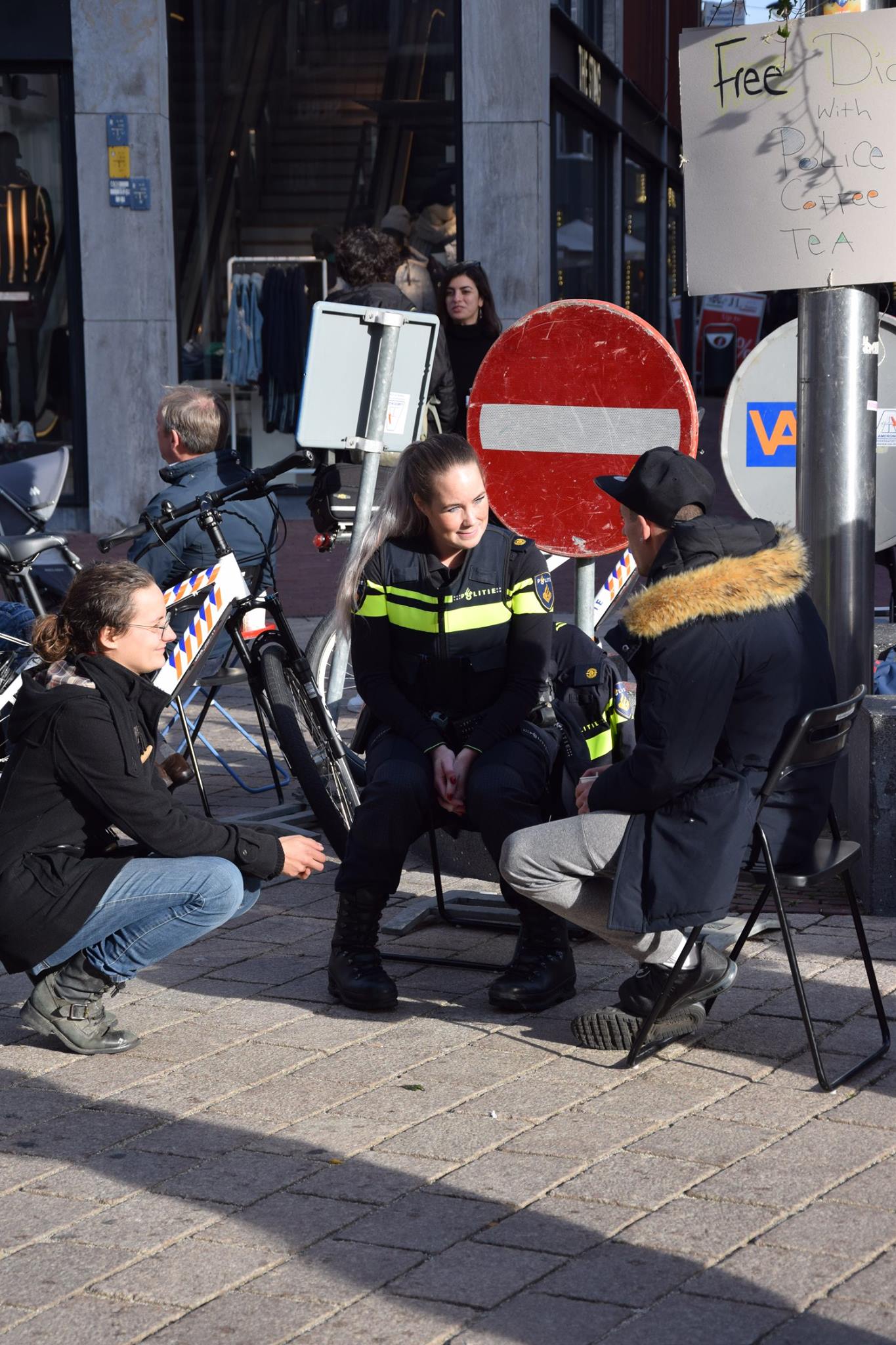
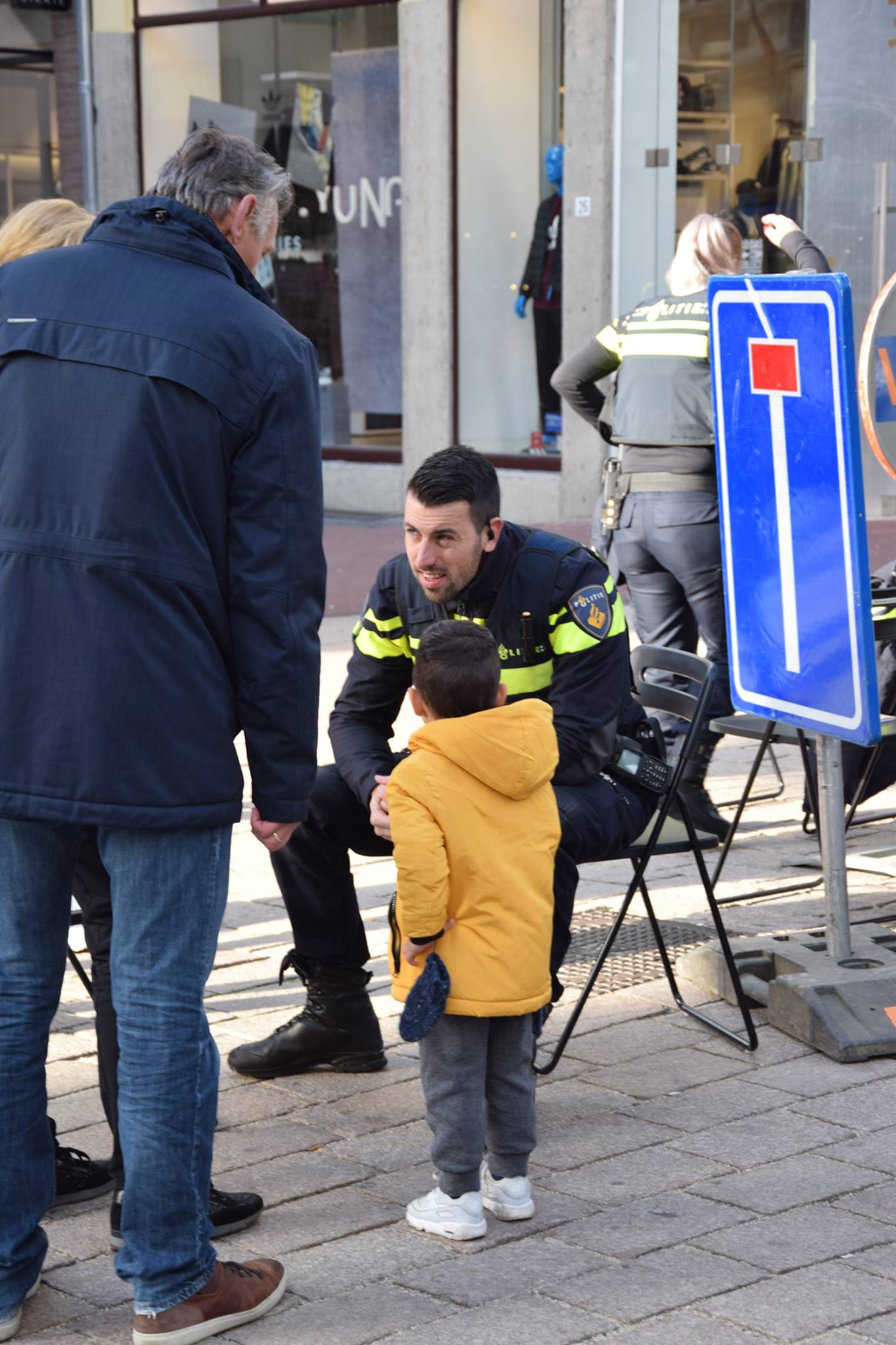
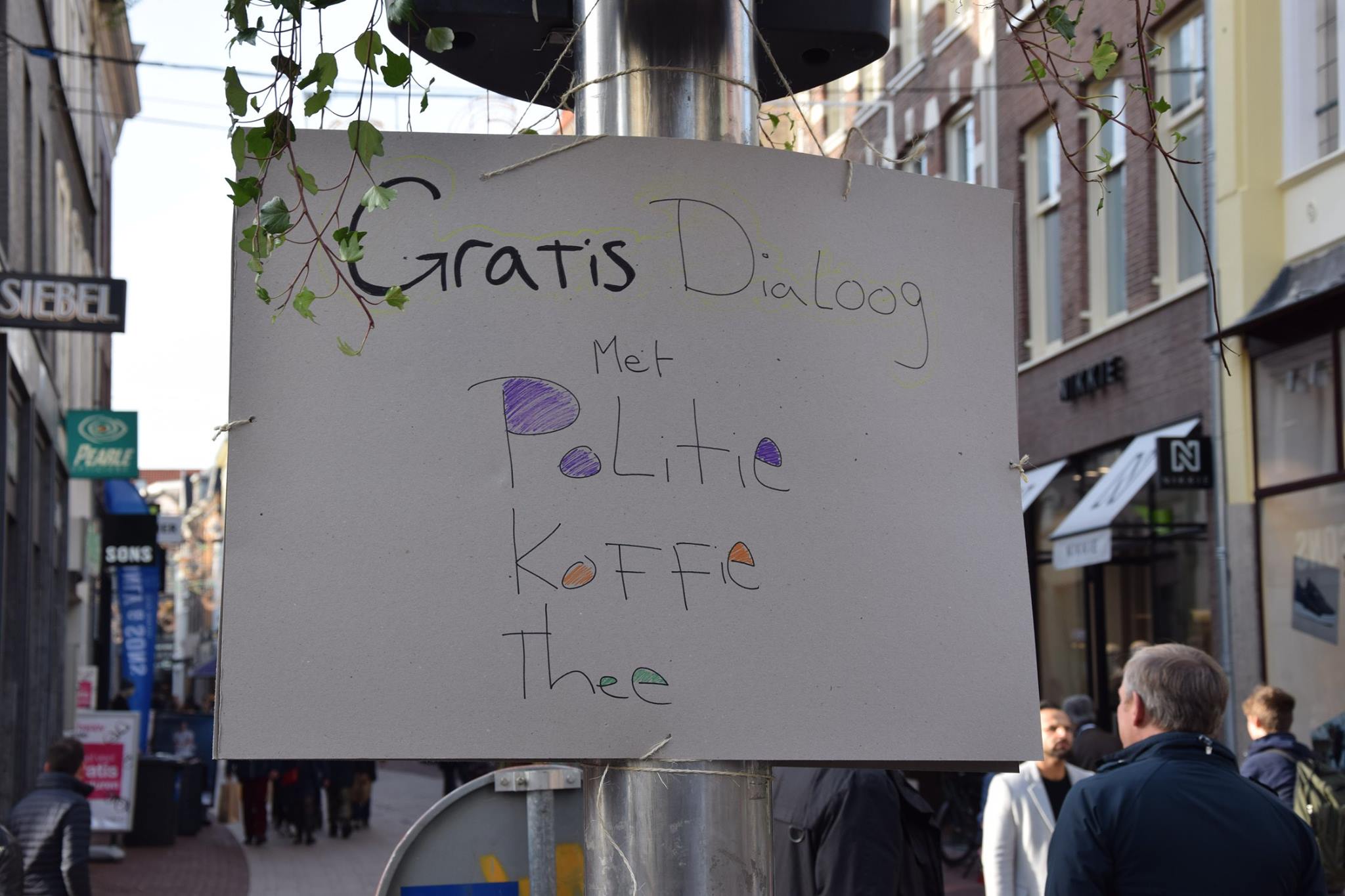
Gratis Dialoog met Politie, Koffie Thee
On a November afternoon, we set up the Public Service Carousel at the city center in Arnhem, where we provided “Free Dialogues with Police, Coffee and Tea”!
The carousel functioned as a neutral space of encounter between the police and the public. We intended that direct conversations could enhance mutual understanding between the two parties. However, conversations don’t always happen naturally just like that, therefore our art students were great mediators who made the environment comfortable and accessible.
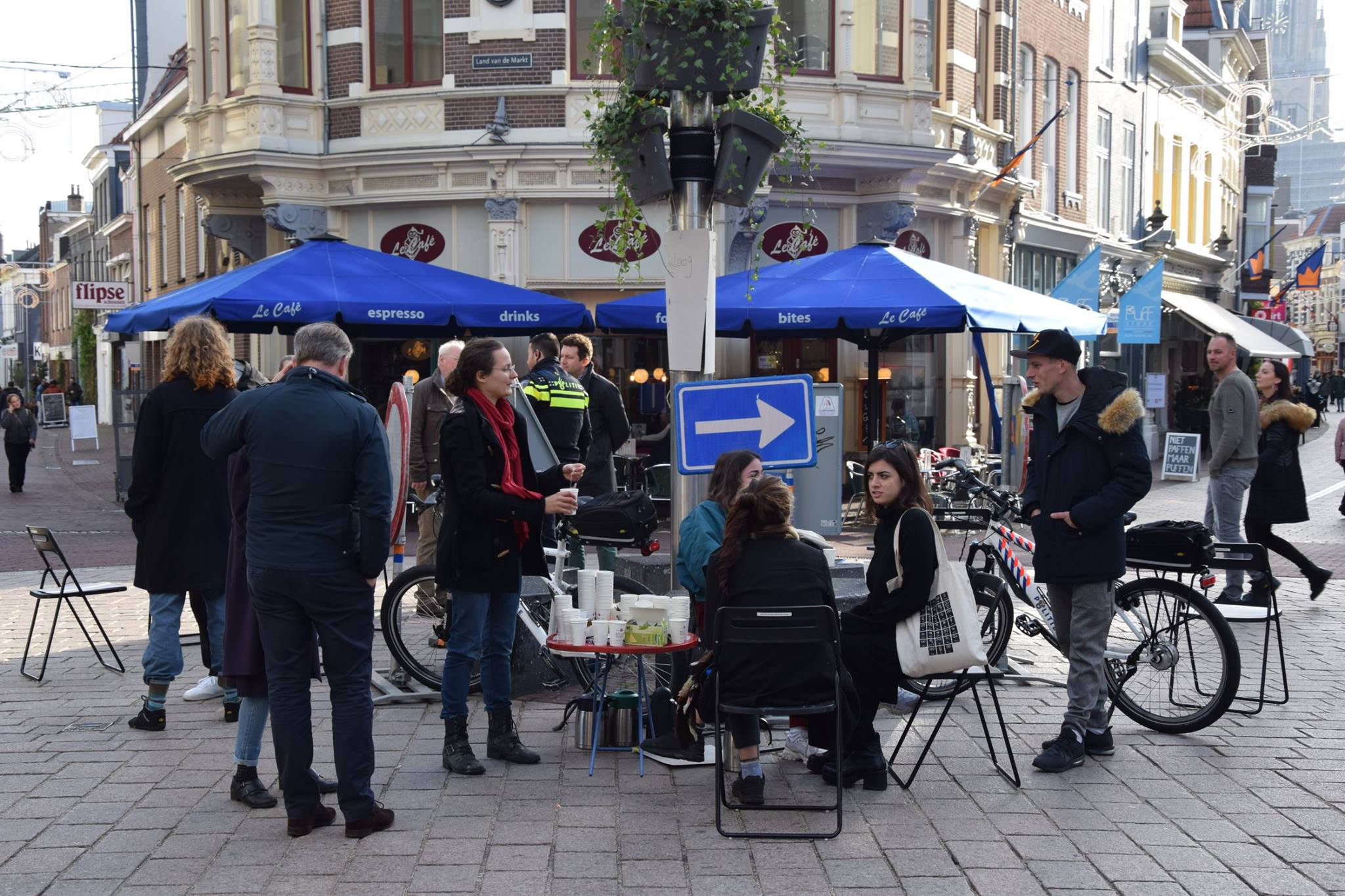
Public Service Caroussel
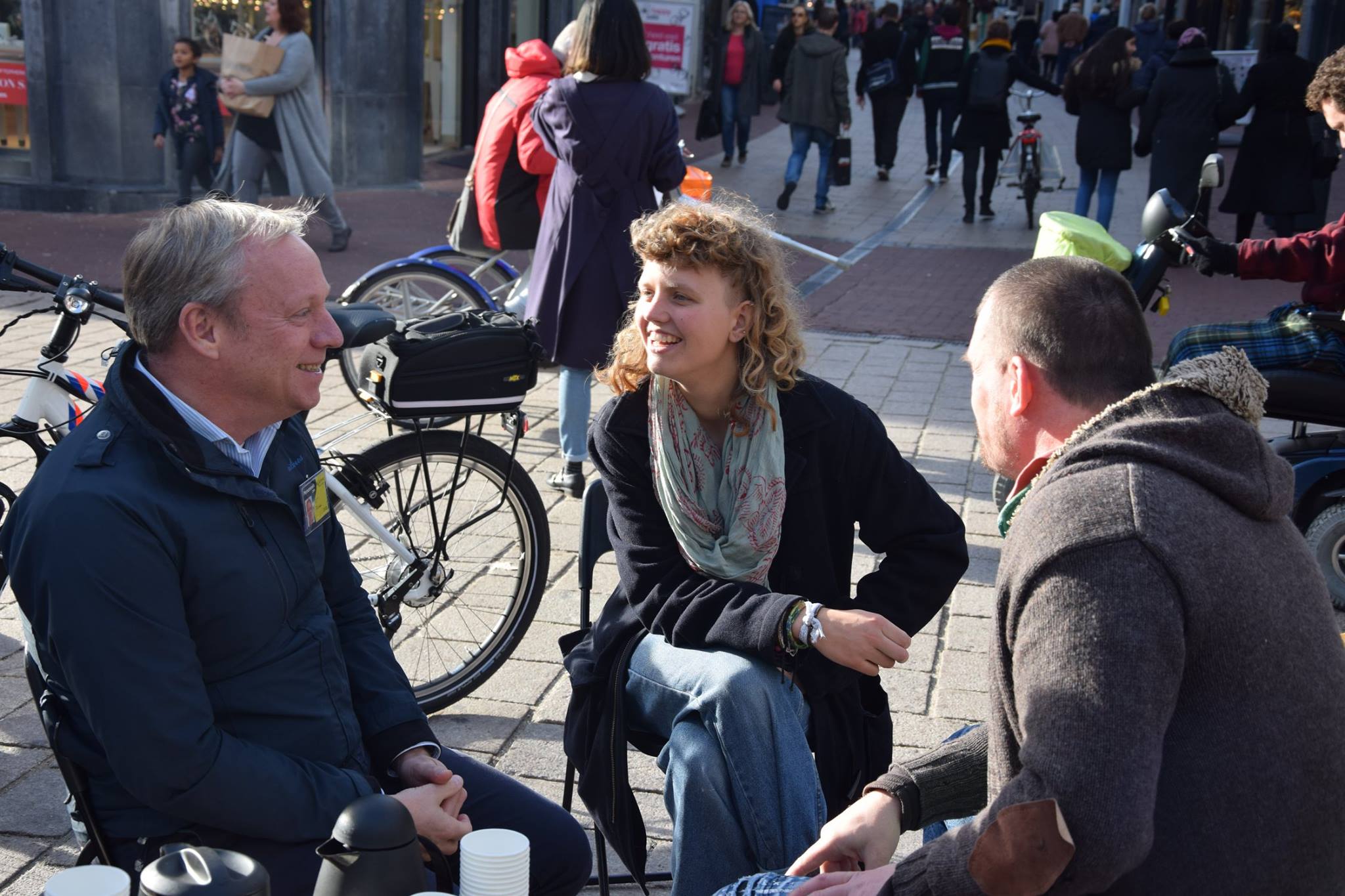
Through this project, we came a step closer to an understanding of the way public service functions and how it could function better. We have learned to activate our own agency in the society as artists and this project continues to influence our current artistic practice.
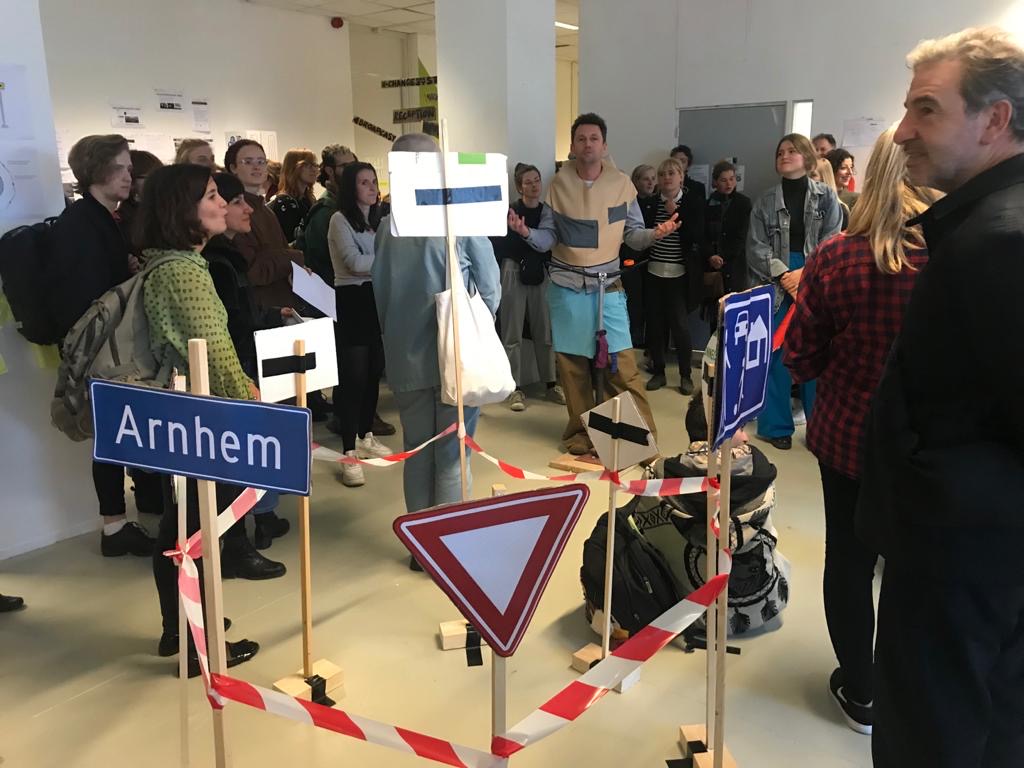
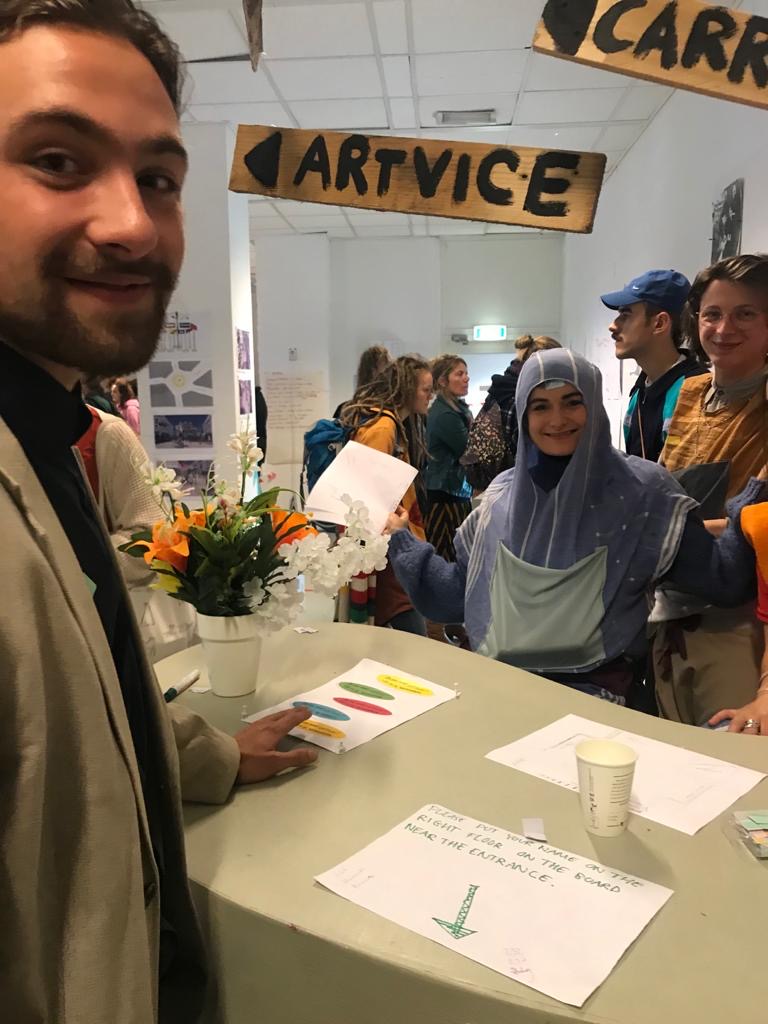
During our final presentation of the project…
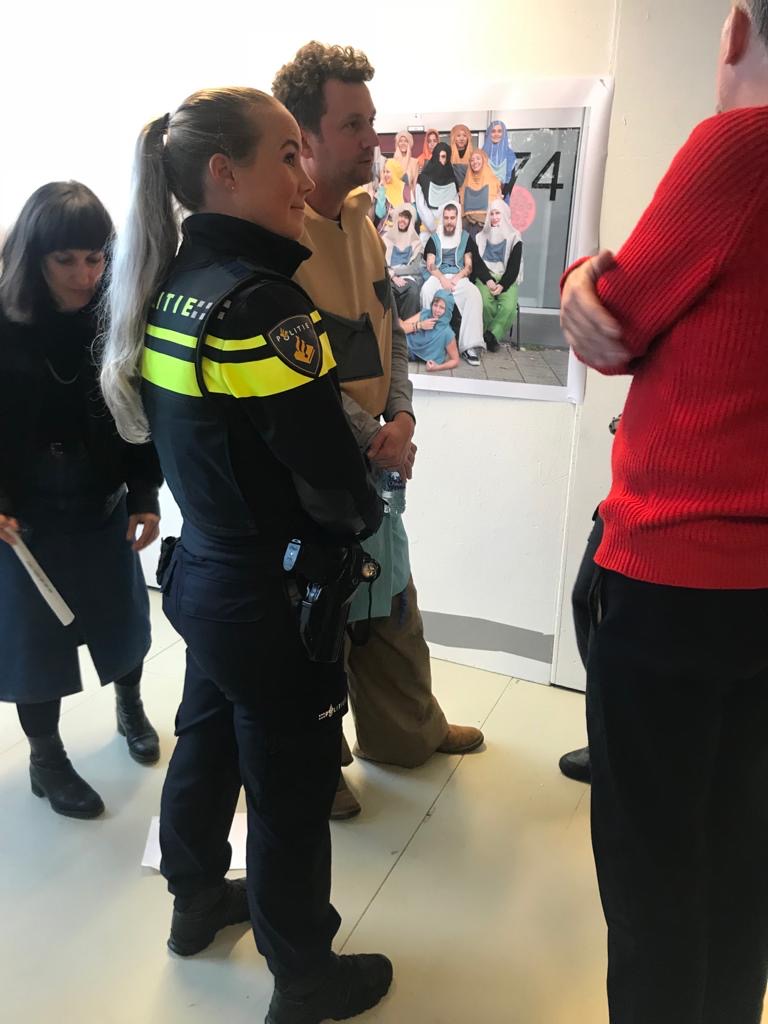
About Yuchen Li
Yuchen Li is a Chinese visual and performance artist. She researches on the politics of food as a way to understand our relations with the world. Food holds the strong connection to cultural identities, traditions and ancestral memories, and plays a key role in ecological, economical, political transitions throughout history.
Through site-specific installations and performances, Li unpacks the contemporary food rituals, reflecting critically on our role as individual consumers. Her work is not intended as a statement but rather to raise questions into the conversation.
About Hans-Hannah
Hans-Hannah is a Dutch installation and performance artist. The work of Hans-Hannah could be seen as a temporary living system, an organism. An autonomous self-organizing system that interacts with its environment. With a complex and energetic flow that is connecting everything with each other. A system that invites the audience to become a part of this multi-dimensional performative happening while at the same time it creates a discomfort that results in an abjection. Through the work Hans-Hannah questions the functioning mechanism of hierarchical superstructures :), as capitalism and political structures.
:) superstructures are control structures that are ungraspable and almost divine
